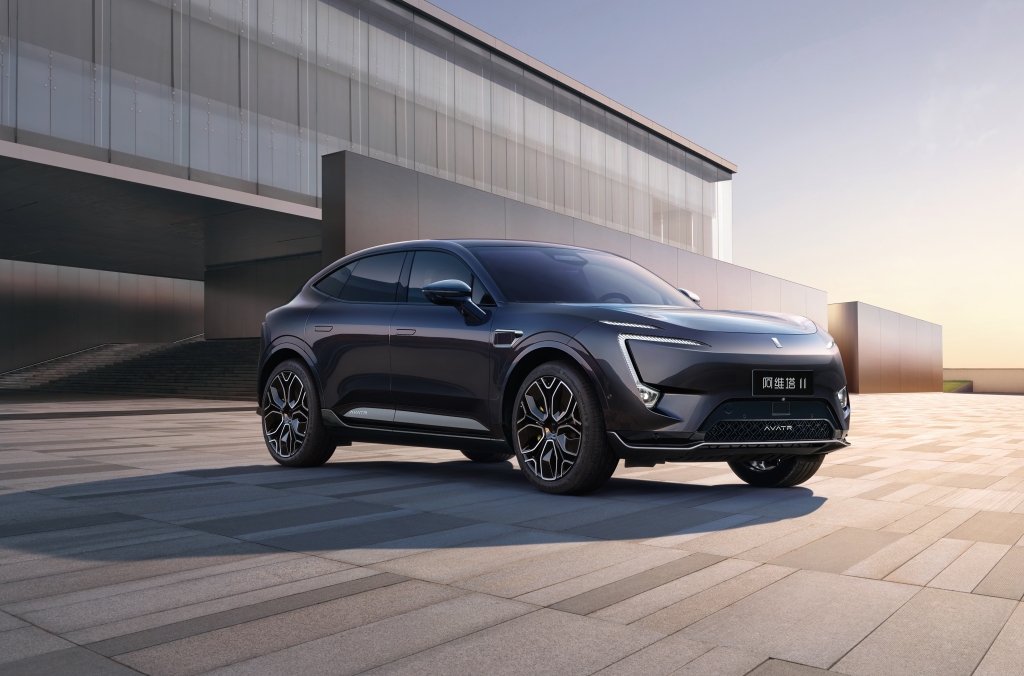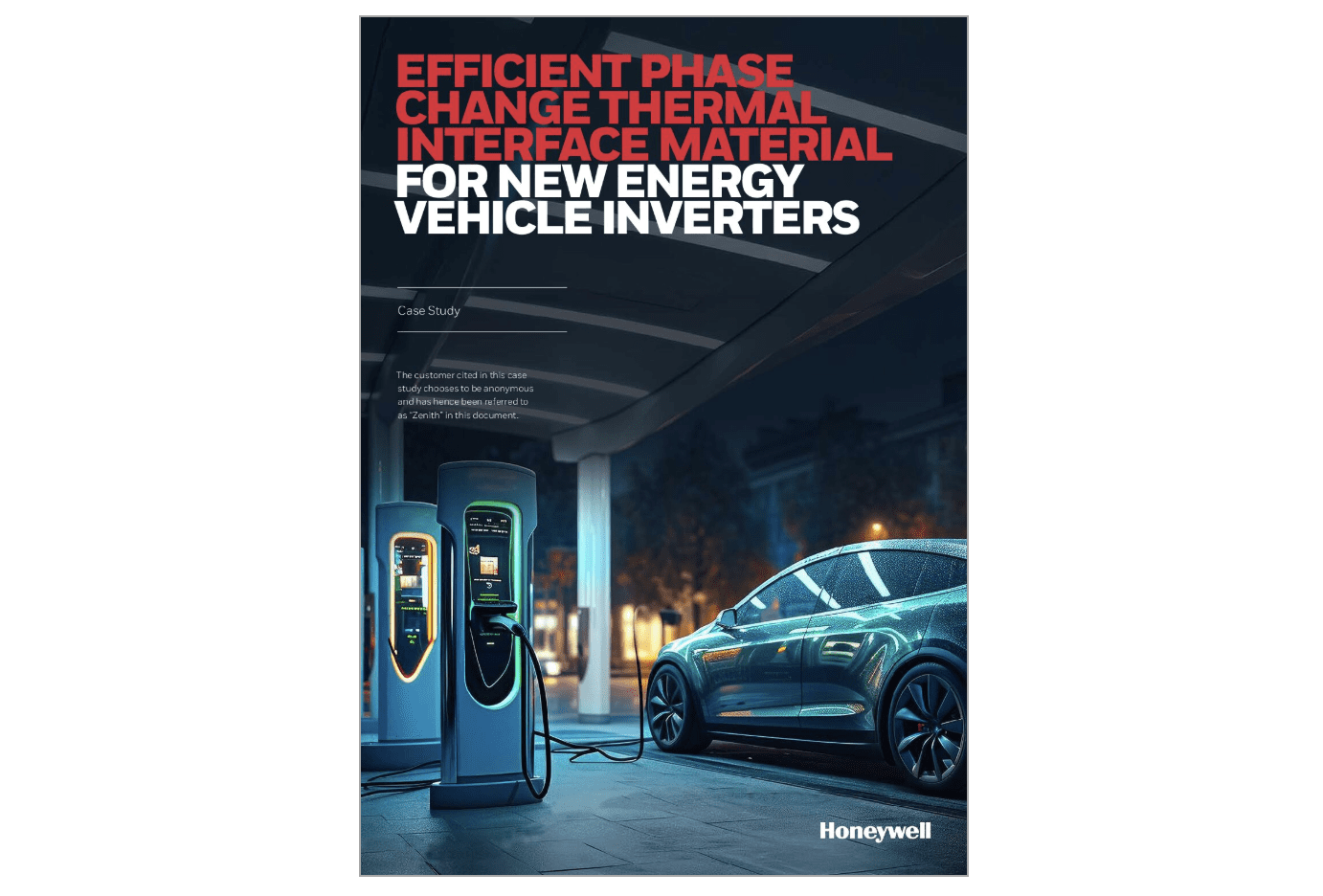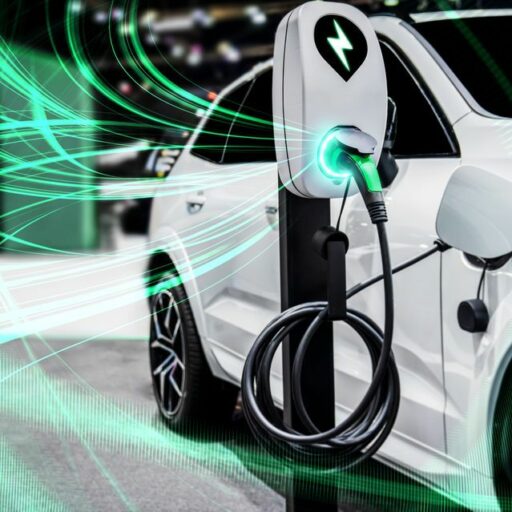Okay, it’s been a while since the last blog post. No excuses. The springboard for today’s blog is a story I wrote for Automotive News on November 14, 2005. It highlights how, while foreign brands may have seemed to be winners in the China market until recently, where they ended up today, with plummeting sales and dwindling relevance, has been occurring incrementally for two decades.
Here is a graph from my 2005 story: “Volkswagen’s downturn in China was partly a result of its inability to respond quickly to a changing market. When VW began assembling cars in China in the late 1980s, the government was the main customer and there was little need to be nimble.”
Volkswagen was an early entry in the China market. Its joint ventures with First Auto Works and Shanghai Automotive Industry Corp. ruled the passenger car market in China for a time.
In 2003 VW sold 694,018 new vehicles in China, giving it one-third of the country’s vehicle market, according to Automotive Resources Asia, a consulting firm in Shanghai. But its market share had already begun to deteriorate. So, VW’s decline started a long time ago.
Then, as now, it grasped for a strategy to regain its momentum. In 2004, it reorganized its China operations to place more decision-making in China. But by July 2005, its market share had fallen to 11.9 percent.
In 2005, it introduced a new marketing strategy dubbed the “Olympic program,” which included introducing 12 new models by 2009 while cutting costs. It had used price cuts to boost sales. That strategy was out the door, the VW head of China declared at the time.
Fast forward to 2024. Volkswagen overhauls its China strategy to prevent falling sales. Sound familiar? The “Target Picture 2030” strategy announced in February included plans to launch up to 30 different electrified vehicles by 2030. And to develop more models exclusively for the China market. It was a recommitment to the “In China for China” strategy, VW said.
To quote the press release, the plan “presented measure to cater even better to the needs of Chinese customers, accelerate model developments and time-to-market as well as significantly reduce costs.”
WTF?!? How long has Volkswagen been producing cars in China? Oh, um, 40 years. It’s pathetic. But VW is not alone. Its problems are really a mirror of the same problems other foreign automakers are having in China. But VW has been there longer and has sold a lot more cars in China than many of the other foreign automakers. Now, however, my old friend and one-time colleague Kevin Huang, an astute analyst of China’s auto market, says VW, and other traditional automakers’, are viewed as “outdated” by a “significant portion of younger Chinese.” VW’s re-re-vamped China strategy (probably another re- in there, too) is destined to fail, he reckons, because “traditional automakers, especially joint-venture brands, are perceived as offering inferior models in the electric vehicle segment.”
Oh the irony. (I find myself using that phrase a lot.) Remember when (well, I remember when) Chinese brand cars were seen as having inferior technology and styling? Well, these days joint venture brands may face a negative premium when it comes to New Energy Vehicles because of their inferior technology and styling, Kevin figures.
As is evident from the growing market share of Chinese brands, cost-conscious Chinese consumers prefer brands such as BYD and Leopard, BYD’s premium performance brand, Kevin says. Meanwhile, those with more yuan to spend are going for NIO and XPeng and Huawei.

I often ask the question how did foreign brands in China get it so wrong? How did they miss the connected car EV revolution so badly? Kevin lays the blame at the foot of their relentless pursuit of profits at the expense of following the future, and their global rather than China-centric thinking.
Although many, including VW, may claim to be “all-in on electric vehicles,” he says, “(gasoline) fuel vehicles are still more profitable, and their business focus is definitely on profitable operations. Executives in the China market may also be trying to promote localization, but these efforts are certainly limited.”
It’s sad, really. As one who covered the opening of many design and engineering centers by foreign automakers in China, it seems that they had a chance to get it right. That boat has likely already sailed though their partnerships with Chinese firms may allow them to maintain some relevance.
This for sure reiterates a point I’ve already made, but since I’m working my way through my Automotive News coverage to see how we ended up where we are now, a bit of repetition is inevitable. What is reinforces is that foreign automakers in China willfully arrived at where they are today.






